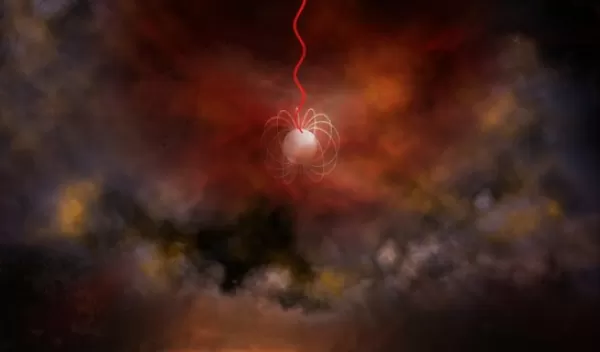
Mysterious radio bursts from space detected
Astronomers using the U.S. National Science Foundation's Karl G. Jansky Very Large Array, or VLA, as well as other powerful telescopes have found the second known highly active, repeating fast radio burst, or FRB, raising more questions about the nature of these little-understood objects and the role they play in intergalactic space.
The object, in the outskirts of a dwarf galaxy nearly 3 billion light-years from Earth called FRB 190520, emits frequent, repeating bursts of radio waves. VLA observations found that the object also constantly emits weaker radio waves between its frequent bursts.
"These characteristics make this look a lot like the very first FRB whose position was determined -- also by the VLA -- back in 2016," said Casey Law, one of the authors of the paper. "Now we have two, and that brings up some important questions."
The differences between the two known FRBs suggest that there could be more than one type of FRB. The combination of repeating bursts and the weaker more persistent emissions of FRB 190520 compared to FRB 121102, the only other confirmed FRB, indicate FRB 190520 might be a different type of FRB or the two entities could be at differing points in their lifecycles.
The estimated distance between Earth and FRB 190520 places the object almost 3 billion light-years away. However, the bursts from the object indicate the distance is closer to 9 billion light-years away.
"This means that there is a lot of material near the FRB that would confuse any attempt to use it to measure the gas between galaxies," said Kshitij Aggarwal, one of the paper’s authors. "If that's the case with others, then we can't count on using FRBs as cosmic yardsticks.”
The astronomers speculated that as FRB 190520 ages and the dense material surrounding it dissipates, the signals will decline.


